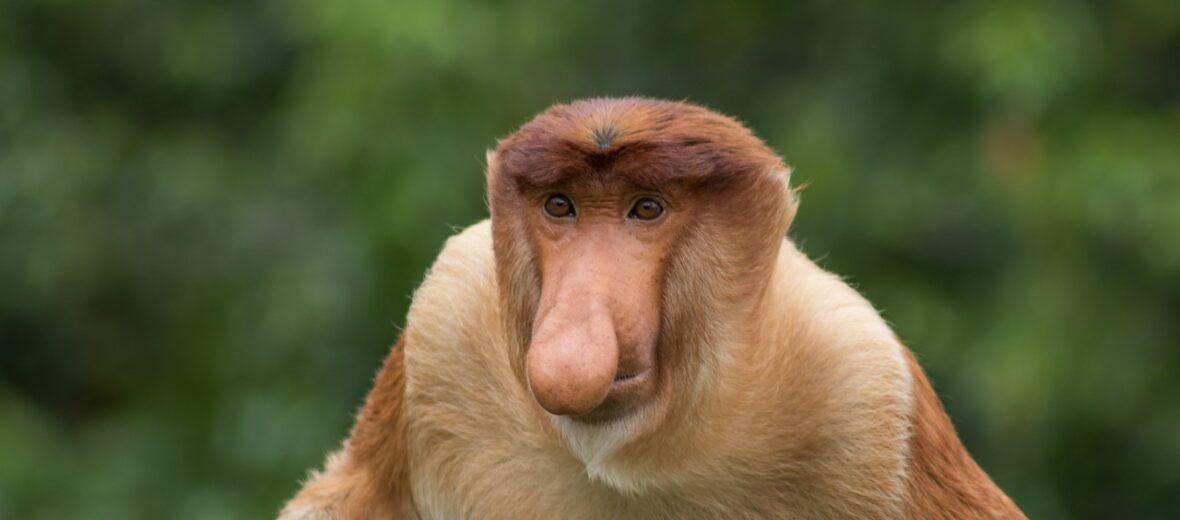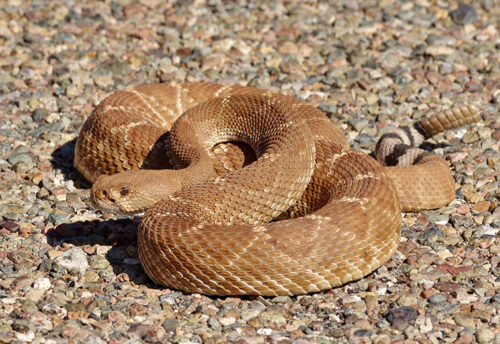
The proboscis monkey, aka the Monyet belanda monkey (means long nosed monkey) or bekantan (in Indonesia), is an old world monkey (classification of monkeys deriving from Asia and/or Africa). They can only be found inhabiting mangrove forests along rivers and estuaries, lowland rain forests, and swamp lands of Borneo. These monkeys are listed as Endangered by the IUCN, due to habitat loss and hunting for food & their intestinal bezoar stones that are used in traditional medicine. Proboscis monkeys are easy to hunt as they have a docile nature and this makes them easy prey.
First the Stats…
Scientific name: Nasalis larvatus
Weight: Up to 45 lbs.
Length: Up to 2.5 feet, plus a 2 foot tail
Lifespan: Up to 20 years
Now on to the Facts!
1.) Ancient Egyptians worshiped these monkeys as they thought they were special to the gods.
2.) Noses of males can grow up to 7 inches long.
3.) The primary predators of these monkeys are crocodiles and humans.
4.) Their large noses allow them to make loud honking noises used in attracting a mate and signalling danger.
5.) Being highly social primates, they can form troops of up to 30 monkeys.
But wait, there’s more on the proboscis monkey!
6.) Proboscis monkeys are seasonal folivores (diet consists of various, seasonally available leaves) and frugivores (diet consists of various fruit).
7.) They are frequently seen walking upright in a single file line, while on land.
Did you know…?
These monkeys have webbing between their 2nd and 3rd toes that helps them swim. They are among the world’s best primate swimmers. They are often seen leaping from trees into the water below.
8.) This species of monkey is sexually dimorphic in that male and females look noticeably different. Males are larger and have a much larger nose than females.
9.) Proboscis monkeys are polygynous in that the male will mate with several females in the troop.
10.) Females birth 1 infant every year or 2 after up to a 166 day gestation (pregnancy).
Now a Short Proboscis Monkey Video!
Also, check out the Critter Science YouTube channel. Videos added frequently!
Want to suggest a critter for me to write about? Let me know here.



